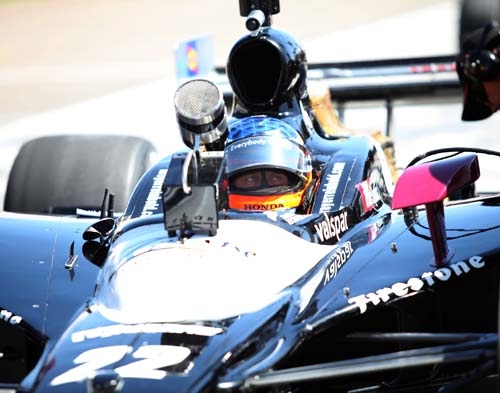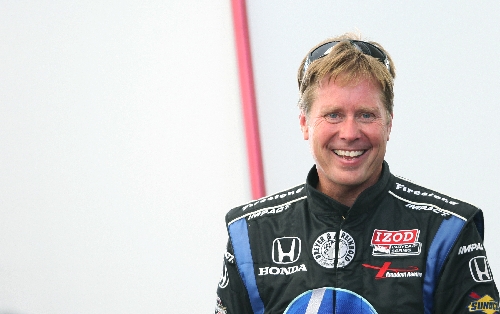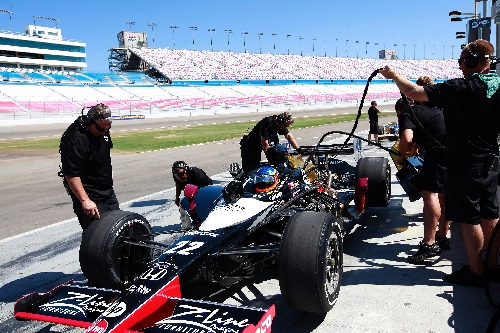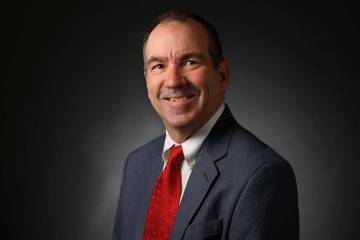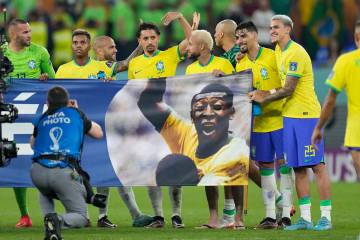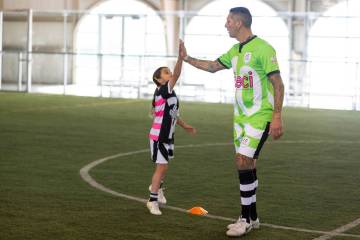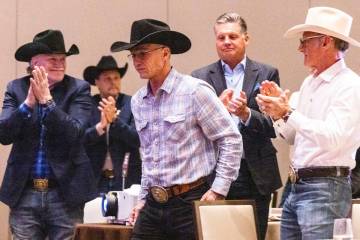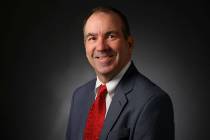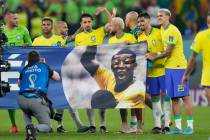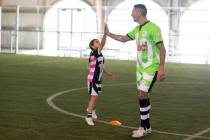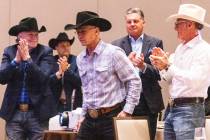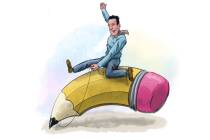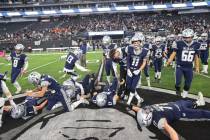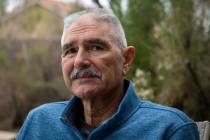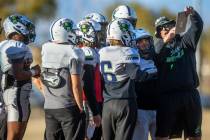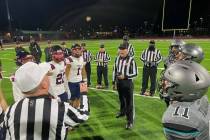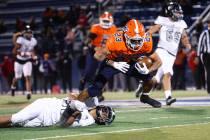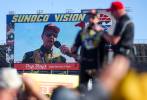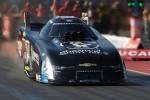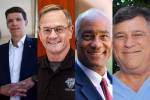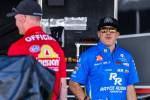Hamilton still standing on his own two feet
I had nowhere to go. Stuff was flying EVERYWHERE!"
The voice was female, it was coming from a radio inside the cockpit of an Indianapolis-style racecar, and it sounded distressed. And frightened.
It belonged to Sarah Fisher, who had been hurtling around Texas Motor Speedway at more than 200 mph when a wheel fell from the sky and onto the nose of her car, rendering it motionless against the barrier on the inside of the track.
Further up the track, a steering wheel was flipped onto the pavement from the smoldering hulk of what seconds earlier had been another 200-mph speed machine.
Bob Jenkins, the ESPN announcer, said that was a good sign. It meant the driver was conscious, relatively OK.
The wheel that struck Fisher's car had come off another car. The other three wheels also had come off this car. So had the engine. This car, No. 99, had clouted the wall with such ferocity that it ripped the engine right out from under its cowling and sent it bouncing down the backstretch, gouging gray chunks from the asphalt.
At that point, you couldn't tell that the car had ever been a car. The front of it had disintegrated, having been sliced to ribbons by steel cables in the debris fence. The accelerator, brake and clutch pedals were gone.
So, too, basically, were the feet of then-Las Vegas resident Davey Hamilton.
Sitting across the track in the TV booth, Jenkins couldn't have known that. Neither, initially, did Hamilton, numbed by pain and shock and hypodermic needles.
He remembers one of the EMTs in the infield care center warning Parkland Memorial Hospital in Dallas -- yes, that Parkland Hospital -- that there had been a crash and they would be airlifting one of the drivers and that it looked pretty bad.
That it looked like a double amputation.
There must have been another crash, Hamilton remembers thinking.
"Wow, sounds like somebody really screwed up," he said, recalling his last thought before the nurse took his hand, the painkillers kicked in and he went to sleep.
■ ■ ■
When Davey Hamilton woke up, two days later, his feet were still there. Sort of. It had taken all the king's horses and all the king's men -- and four doctors, working in shifts for more than 24 hours -- to put Hamilton's mangled feet back together again.
The Indy Racing League doctors had recommended against amputation. They knew Hamilton, knew his type. They knew that if their brethren at Parkland Hospital amputated his feet and lower legs, he would never drive a racecar again. Might as well just pull the plug on that respirator, they said. They were only half-joking.
That was just the first operation on Hamilton's feet. There would be 20 more. All because of an accident that wasn't his fault.
He had been following a journeyman driver named Jeret Schroeder when the engine in Schroeder's car blew, taking both drivers into the wall and sending stuff, in the harried words of Sarah Fisher, flying everywhere.
Eventually, Hamilton had to reconcile the crash, to try to make sense of why, and how, his feet had been pulverized into useless stumps.
"It actually made it easier, because there really wasn't anything I could do. I didn't make some major mistake," said Hamilton, a former supermodified driver from the Pacific Northwest, a throwback to the days when drivers raced their way to Indianapolis on short bullrings made of dirt or patchy asphalt, instead of having a sponsor write a check.
"I went through every emotion you can imagine. From why, to pissed, to trying to think of 10,000 things you could have done differently. At the end of the day, it was always the same answer."
At the end of the day, it was just one of them racin' deals.
At that point, Hamilton had driven in every race in the six-year history of the Indy Racing League. He remembers telling IRL founder Tony George in the hospital that keeping his streak alive in the next race at Pikes Peak in Colorado was looking sorta iffy.
It was June 2001. The next time Hamilton got behind the wheel of a racecar was May 2007, at the Indianapolis 500.
He had walked through Gasoline Alley, alone, that day. Alone with thoughts of the pain, of those surgeries, of that damn wheelchair, of what he had been through the past six years just to make it back to the holiest of auto racing's holy grails.
As he limped, but only slightly, toward the track, Hamilton noticed he wasn't alone anymore. There were like 50 reporters waiting for him. It had been nearly six years since they had seen him last, and they were looking for a good story -- the kind that makes one feel warm and fuzzy and glad it wasn't them.
Davey Jay Hamilton, the pride of Nampa, Idaho, finished a career-high ninth in the 2007 Indy 500 after running in the top five much of the day.
He also raced in the last four 500s, and despite having turned 49, by far the oldest driver on the circuit, he returned to Las Vegas Motor Speedway on Monday, the place he literally helped carve from the desert as a superintendent under Richie Clyne during the speedway's formative years. He was running laps in the 210-mph range during a test session for Dreyer & Reinbold Racing when we talked.
Not nearly fast enough, Hamilton said. We shook hands and he headed back to the track, to try to wring a couple of more tenths of speed from the No. 11 Hewlett-Packard car.
I noticed that Davey Hamilton was still walking with a slight limp, and that a day that had dawned hot and dry was turning warm and fuzzy.
Las Vegas Review-Journal columnist Ron Kantowski can be reached at rkantowski@reviewjournal.com or 702-383-0352. Follow him on Twitter: @ronkantowski.



